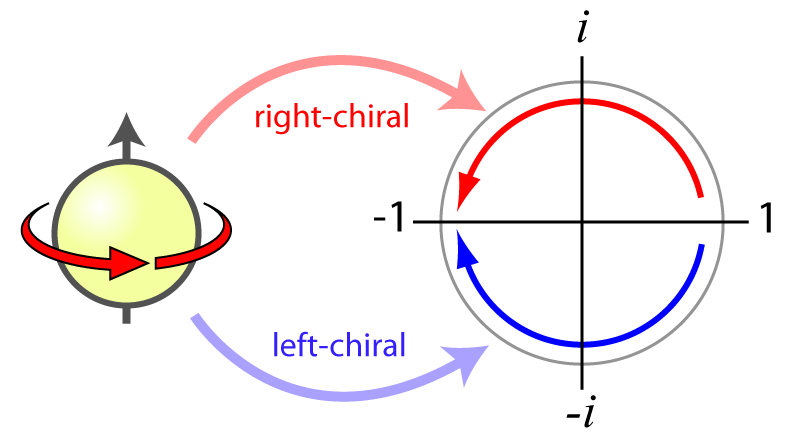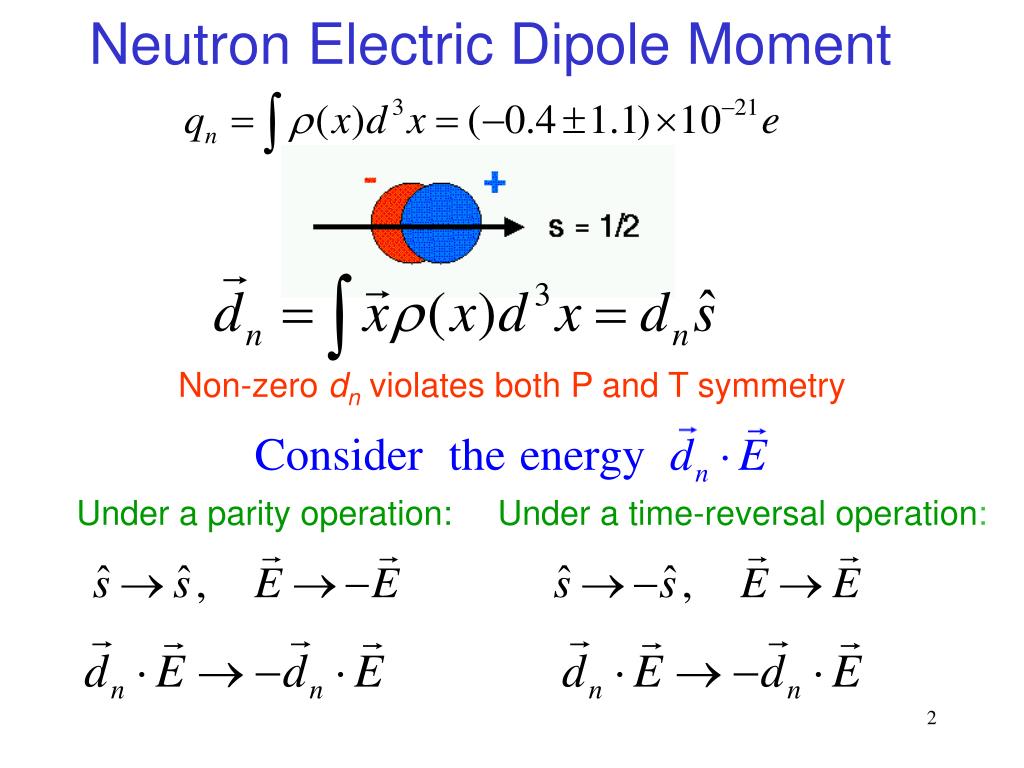
The conclusion that two like neutrinos are ejected in μ decay follows immediately. The positive muon must be treated as the normal-particle (if the neutron, proton and negatron are) in order to avoid the expectation that muon capture by a proton may yield electrons, contrary to experimental facts. Only processes in which two normal particles (vs antiparticles) are annihilated, and two created, should be expected. Arguments are presented that the unique correspondence established if two like neutrinos are ejected in μ decay is the correct one.It is argued that previous interpretations of the Universal Fermi Interaction have been unjustifiably broad. The second arises from the various ways in which the correspondence between the particles of μ and β decay may be taken. The first is due to the uncertainty in measured values of coupling constants, and particularly their signs. The application is beset by two types of ambiguity. On the basis of the hypothesis that the same form of interaction acts among any spin-½ particles, it is interesting to apply the interaction law found for β decay to the muon processes. As a result, we find only two such mechanisms that are not yet excluded and in which large transition magnetic moments can be realized for Majorana neutrinos only. Finally, we investigate mechanisms that provide large NMMs and at the same time avoid the fine-tuning problem. The latter relation may also be deduced from a. Alternatively, a magnetic moment for a massive neutrino arising from gravitational origin is predicted by the so-called Wilson-Blackett law. A linear dependence on the neutrino mass was found. We explicitly demonstrate this problem using a model in which NMMs are proportional to neutrino masses. In 1977 an expression for the magnetic moment of a massive Dirac neutrino was deduced in the context of electroweak interactions at the one-loop level. The tight connection of NMMs and neutrino masses generically leads to a fine-tuning problem in typical models that predict sizable NMMs. If an electronic recoil background rate of 0.010.1 events/keV/kg/day above 1 keV can be achieved with adequate shielding, a liquid xenon detector can reach a neutrino magnetic moment sensitivity of 1011B, which would improve upon the current most-constraining laboratory limits from the GEMMA and Borexino experiments.

As a by-product, we derive new limits on millicharged particles from the non-observation of NMMs. After a brief theoretical introduction, we summarize existing experimental bounds and systematically analyze the possibilities of model building for accommodating large NMMs in beyond the Standard Model frameworks.

It raises the question how a positive NMM signal in future experiments could be explained in a theoretically consistent way. A potential measurement would therefore strongly hint to new physics beyond the Standard Model. The neutrino magnetic moment (NMM) in the Standard Model, minimally extended allowing for massive neutrinos, is many orders of magnitude below current and expected experimental sensitivities.


 0 kommentar(er)
0 kommentar(er)
